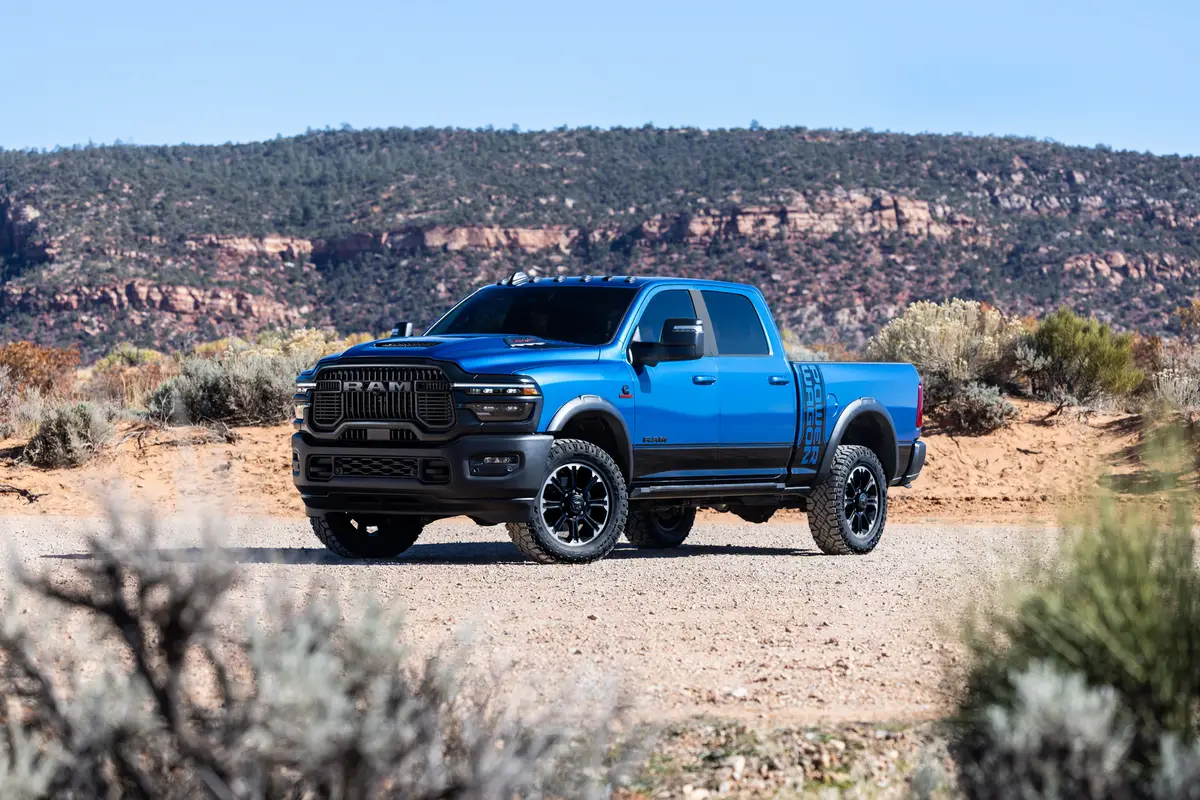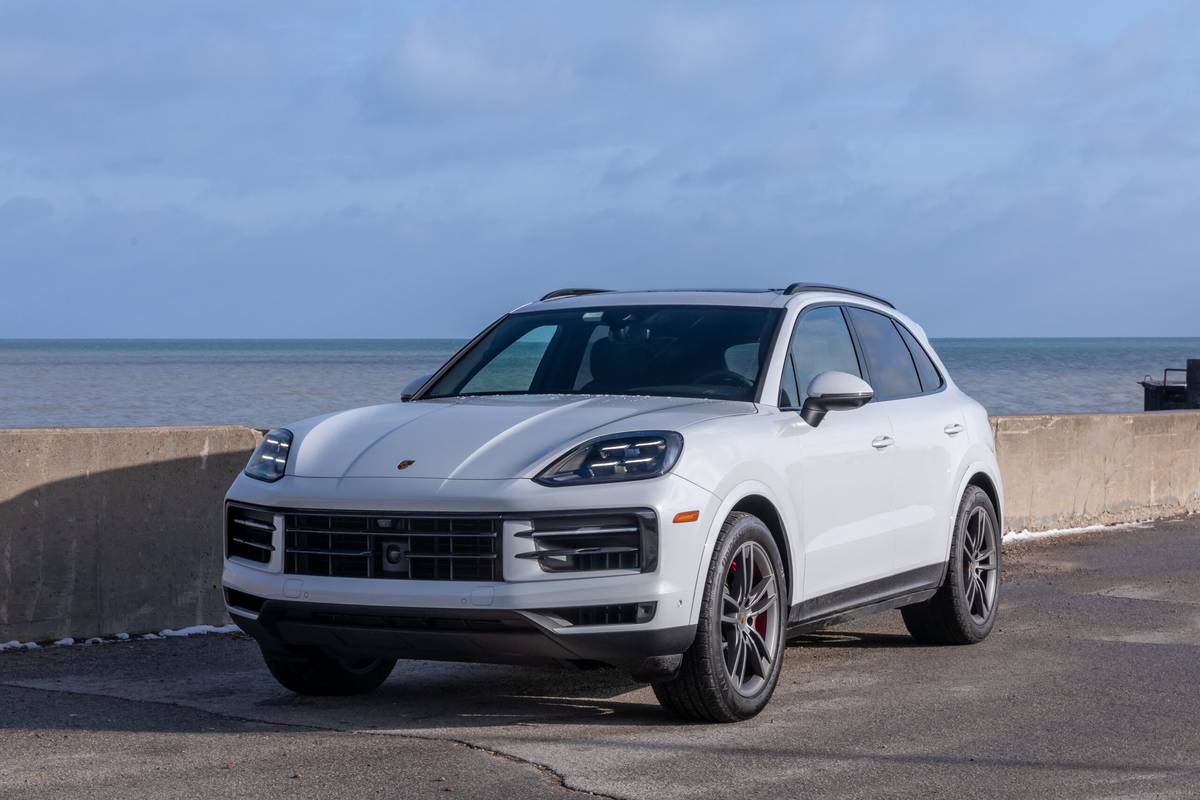washingtonpost.com's view
Colleagues and others who drove the Honda 2000 CR-V EX utility wagon complained about a lack of horsepower. I didn’t understand this, until I put the CR-V on the highway. There, its lack of oomph became obvious. The vehicle struggled to keep up with traffic that nearly always left it in its wake. Whoosh! A truck sped by. Zoom! A sports coupe disappeared into the distance. Varrooommm! Ah, that was a Porsche. What can keep up with a Porsche?
Lack of horsepower has a way of affecting ego, especially when it is so clearly your vehicle that has the deficit. I think this is a major source of discontent with the CR-V’s highway performance. Many people don’t mind being last in line as long as they know they have the power to be first. With the CR-V’s 146-horsepower four-cylinder engine, they know they don’t.
But still, that seems a minor problem — certainly not something to dissuade potential CR-V buyers. After all, this vehicle was not designed as a racer, or some kind of high-performance autobahn burner. Heck, though it resembles one, it wasn’t even designed as a sport-utility vehicle.
Instead, the CR-V is a high-quality, exceptionally reliable, affordable conveyance. It has an SUV body built on a car platform. Thus, the ride is more like that of a car than anything else. The difference is that its 8.1-inch ground clearance and high seats help give its drivers and passengers a better view of the road.
Also, the CR-V is a very practical vehicle — as practical as any well-designed station wagon. It holds five people with the rear seats up and carries up to 67 cubic feet of cargo with rear seats down.
There is versatile and easy access to rear cargo room. You can pop open the rear window to toss in items such as overnight bags. The lower rear door swings open to permit the entry of larger, slide-in cargo.
Overall interior comfort is excellent. The tested mid-line EX version has no complicated power seats. Quick, simple manual adjustments do the job. The dashboard mostly makes good ergonomic sense. Analog dials and gauges are easy to see and read.
But the caveat comes because someone on the design team goofed by putting the power-window control buttons on the lower left side of the dashboard, making them hard to see and use.
As providence would have it, it rained much of the week I had the CR-V. These were washouts, the kind that raised appreciation for the genius of Honda’s all-wheel-drive system, as well as similar systems offered by rivals, such as Subaru.
These all-wheel-drive systems (Honda calls its version “Real-Time AWD”) are in the truest sense automatic. Drive power is allocated wheel-to-wheel, depending on which wheel, or wheels, have the most traction, or the best chance of pulling the vehicle out of mess. Gripping wheels get the extra boost.
This makes perfect sense. Driving all four wheels all the time burns more fuel and causes more wear. Automatically shifting power on an as-needed basis helps to alleviate those problems.
A less-expensive front-wheel-drive version of the CR-V is available, and it should serve owners well in more temperate climates.
In the final analysis, I didn’t miss the speed during my time in the CR-V. If I left on time, I reached my destinations in a timely manner. Even my ego got a reprieve. I often caught up with faster traffic, thanks to road construction, lane closings — and accidents in which speed doubtless played a factor, especially in the rain.
NUTS & BOLTS
Honda 2000 CR-V EX Complaints: The CR-V’s engine buzzes mightily at high speeds, helping to bolster the impression that it is a horsepower wimp.
Praise: An overall well-engineered, high-quality, practical, reliable and durable vehicle that should meet the transportation needs of most drivers and families.
Ride, acceleration and handling: Good ride. Acceleration isn’t much — zer o to 60 mph in 10 seconds. Very good handling.
Engine: The CR-V is equipped with a 2-liter, 16-valve in-line four-cylinder engine that develops 146 horsepower at 6,200 rpm and 133 pound-feet of torque at 4,500 rpm.
That engine is linked to a standard five-speed manual transmission. A four-speed automatic is available as an option.
Brakes: Four-wheel anti-locks are standard on the EX and SE versions of the CR-V.
Fuel capacity and mileage: The vehicle holds 15.3 gallons of regular unleaded. It got about 23 miles per gallon in mostly highway driving.
Price: Base price on the tested CR-V EX is $20,550. Dealer invoice price on that model is $18,770. Price as tested is $20,990, including a $440 destination charge. Price does not include applicable taxes and fees.
Purse-strings note: The CR-V is surrounded by worthy competitors, including the Toyota RAV4, Subaru Forester, Ford Escape/Mazda Tribute, Kia Sportage (currently, the only Kia I recommend), Chevrolet Tracker and Suzuki Vitara. And more are on the way.
Latest news



